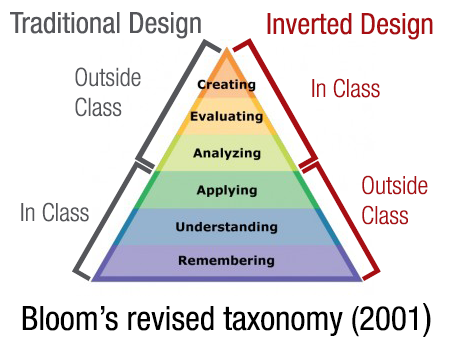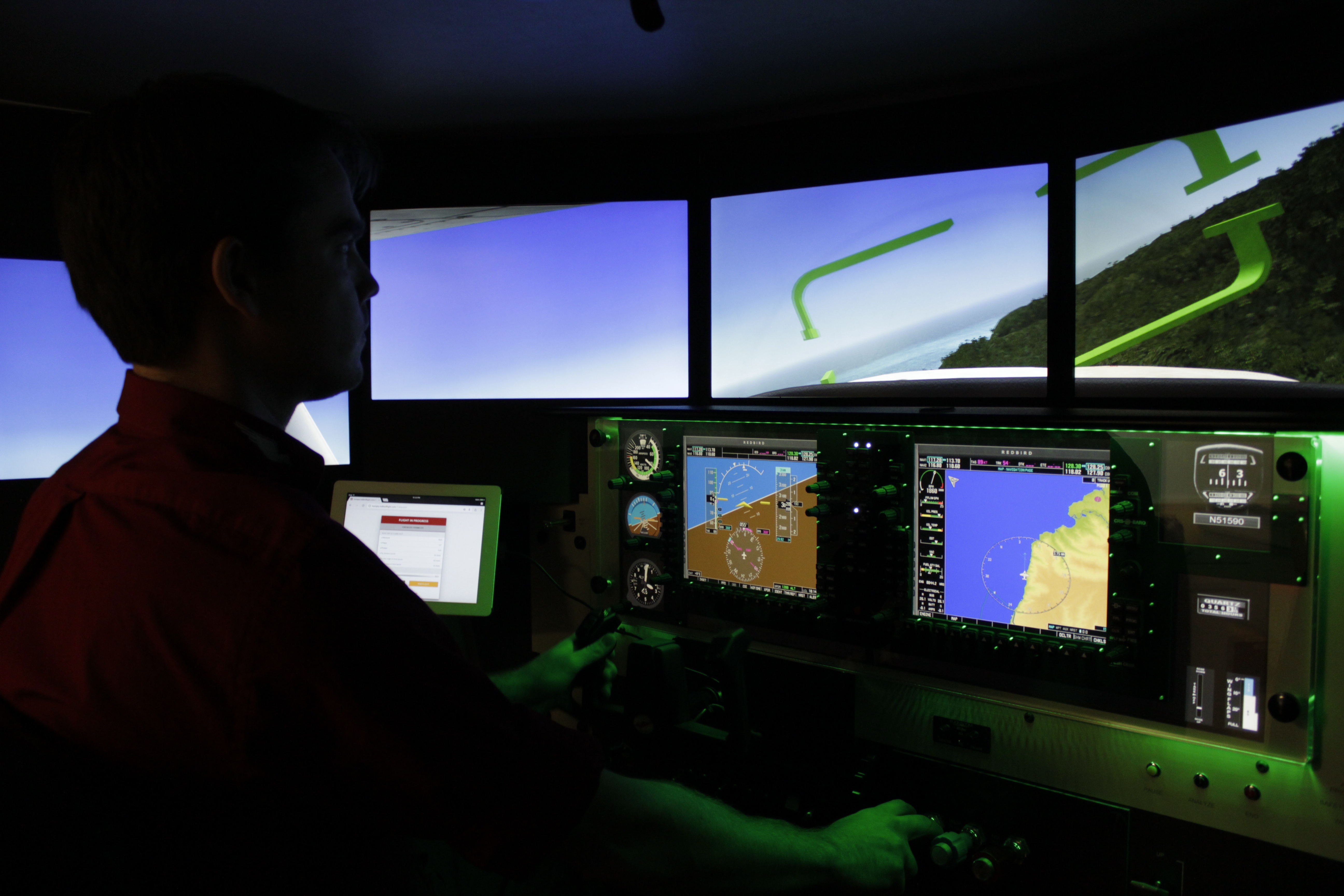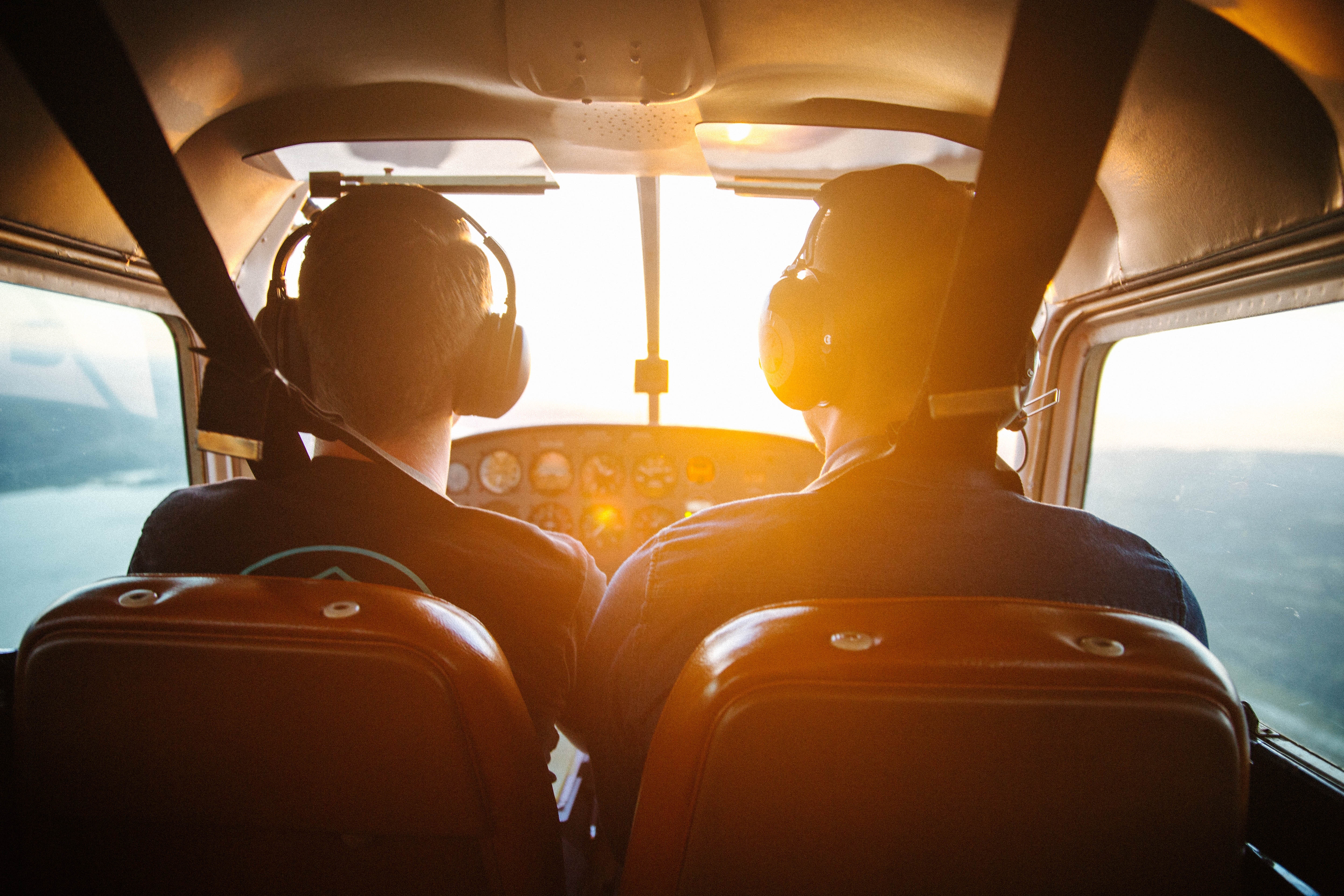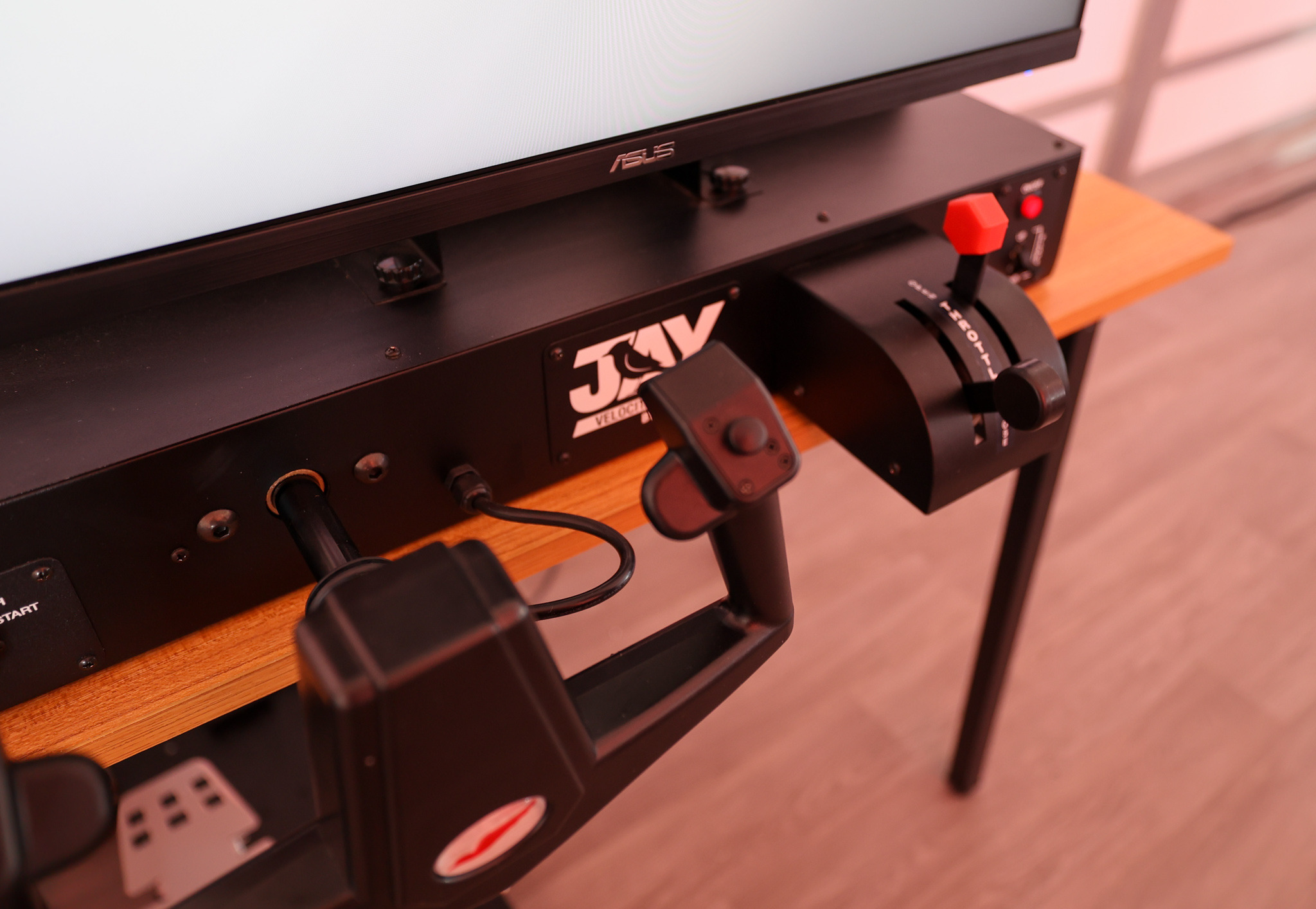It's Past Time to Flip Our Flight Instruction
Like most training organizations and the prospective employers of their students, flight schools and airlines once enjoyed a mutualistic relationship. Airlines carved out a steady demand for pilots and flight schools groomed candidates to meet it. That was until the demand became insatiable. Now, as we continue to observe, the relationship is increasingly competitive. Flight schools and airlines are engaged in a never-ending game of tug-of-war over their most important resource: qualified employees. The so-called "pilot poach chain” describes how regional airlines are attracting CFIs away from flight schools only to have major airlines return the favor. While each party’s behavior is both predictable and understandable, the problem is clear: it’s unsustainable. The aviation industry is cutting off its legs. Solving the problem will be equal parts complex, challenging, and time-consuming. Adjusting to it is simpler: we need to rethink our instructional design.
In the last decade, inverted learning—or “flipping the classroom”—has picked up steam in K-12 and university settings as an alternative approach to instructional design. Unlike traditional methods, a “flipped” design means that students gain first exposure to new material outside the classroom. So, instead of introducing the material in class, a teacher can utilize class time to help students assimilate it.

This approach has excelled in liberal arts settings for ages. Students read a work at home and deepen their understanding of it through in-class discussions. For science, technology, engineering, and mathematics (STEM) classes, on the other hand, widespread adoption of the inverted learning model has been recent. Among other reasons for the delay, unlike with liberal arts, technological development has been integral to legitimizing inverted instructional design for STEM classes. It’s far more challenging to understand and engage with STEM subjects by reading textbooks at home. So, in response, educational organizations began publishing interactive, STEM lessons online. Now, teachers are utilizing video lectures and games to introduce students to dense subject matter like physics and calculus. Interactive lessons engage the students and allow them to pause, rewind, and progress at their own pace.
Related Content: Career & Technical Education Program Focuses on Aviation
For students, the merits of this practice are well-documented. Pausing, repeating, and reviewing lessons allows students to tailor the learning process to their personal needs and preferences. Additionally, repetition—which is less tolerated in traditional settings—yields a higher probability of achieving mastery. Students are encouraged to repeat lessons until they have a firm grasp of a subject. Therefore, with a solid foundation, they are less susceptible to gaps in understanding that impede students from building on their knowledge base. For more on the merits of differentiated learning, I encourage you to watch Sal Khan’s first TED talk.
In aviation, we understand all this. The FAA continues to outline the various ways in which technology can help groom flight students into proficient pilots. However, for too long we’ve underestimated the benefits that technology offers our flight instructors as well. Just as K-12 schools have inverted their instructional design to complement their teachers and adjust to teacher shortages, flight schools can follow suit to combat damages incurred by the pilot poach chain. We introduced Guided Independent Flight Training (GIFT) precisely for that reason. When students practice and become familiar with maneuvers on their own time, flight schools are able to flip their instructional design. This method aids your training program in a number of ways.
1) You can reevaluate your metrics for flight instructor to student ratios
By utilizing GIFT in the training regimen, a flight school can expect to add one to two students per flight instructor. GIFT assumes the tedious role of introducing students to concepts and developing proficiency through repetition. It includes 33 modules that cover everything from taxi to takeoff and landing. Each module begins with a video and written, preflight material that a student can view at home or in the flight school. Modules also incorporate simulated missions to develop the student’s familiarity with a skill. With an AI-powered flight instructor that provides real-time coaching and corrections, GIFT enables students to develop proficiency by reevaluating and repeating missions. After each mission, a post-flight debrief and score are generated based on the FAA Airman Certification Standards. That way, when an instructor has time with the student, he or she isn’t starting from scratch. The instructor knows exactly which areas require attention and can tailor in-person training accordingly. At the end of the day, the student to instructor ratio is less important than the student to “valuable training time with the instructor” ratio.
Related Content: How to Be a Good Instructor in the Cockpit, Classroom, and Simulator
2) Peer-to-peer training becomes possible
Flight curricula don’t often include group projects, but maybe they should. Collaboration among student pilots is a missed opportunity in many flight schools. Flipping the instructional design of your program allows students to learn and study with one another. They can fly GIFT missions with each other and help reconcile mistakes. Resultantly, students extend their critical thinking about aviation beyond the confines of instructor time and aircraft availability. CFIs aren’t the only ones who can encourage and support the growth of student pilots.
3) Data continuity keeps students on track
For as long as instructor turnover is a problem, student progress is also a concern. If an instructor is the single source of information about a student’s progress, then issues arise if that instructor resigns. At best, new instructors will need to thoroughly evaluate the student’s abilities and decision-making before moving on to new material. This can take awhile and it relies on a new instructor having a firm grasp of your standards. At worst, the new instructor retraces steps and the student becomes discouraged. With GIFT, your instructors can track a student’s lesson history and in-depth, post-flight reviews. The data offer an objective measurement of student progress. So, even as students move on to new instructors, certificates, or ratings, their GIFT data provide evidence of historical progress and areas for improvement.
Related Content: How Does a Flight Instructor Know When a Skill is Mastered?
Many of our industry’s revered innovations are responses to what once seemed like insurmountable obstacles. Here we are again. Flight schools have a valuable opportunity to innovate how pilots are trained. For the good of our industry, let's flip it on its head.
Contact our sales team if you'd like to learn more about GIFT.
Share this
You May Also Like
These Related Articles

How Does a Flight Instructor Know When a Skill is Mastered?

Building the Next Generation of Flight Instructors
